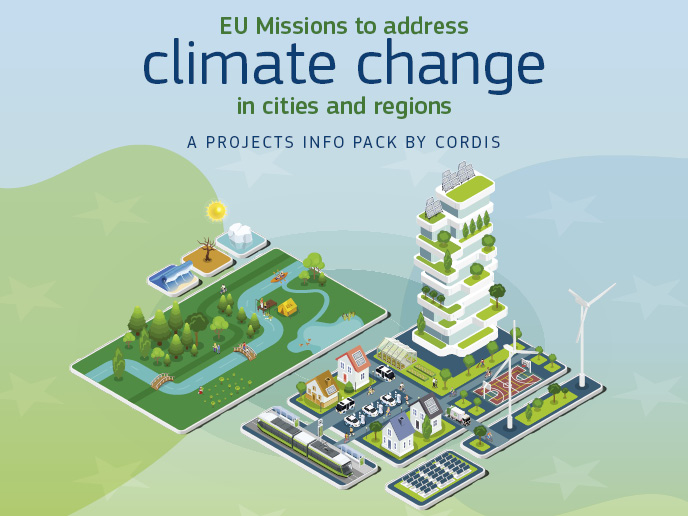Cleaning up mining's dirty legacy in Europe
Mining can be a very lucrative industry, but traditionally it has come at a heavy cost to the environment. In particular, contaminants leach into the surrounding soil and water resources. Recent legislation, in the form of a European directive, aims to put an end to this legacy by establishing a framework for a more sustainable mining industry. The 'Safe management of mining waste and waste facilities' (Safemanmin) project received funding from the EU to take stock of the current state of waste management practices at European mines. A questionnaire was used to extract this information from active mining companies. The results showed that the practice of characterising mining waste was not as widespread as had been hoped. As expected, this often led to substandard handling procedures and all too frequently to contamination. In order to provide guidance on waste characterisation methods, the Safemanmin team reviewed recent research efforts in this field and put together a critical summary. The industry also has a problem with its legacy, namely that the worst environmental damage is associated with old, often abandoned mines. The root of the problem is the lack of regulations addressing the remediation of these sites. Since a classification system could facilitate the management of these sites, a number of relevant proposals have been made. A public website was created by the Safemanmin partners to host all the information about waste characterisation and site classification collected during the project. This pool of knowledge can be exploited to drive clean-up efforts and put procedures in place to prevent further contamination at active sites.







